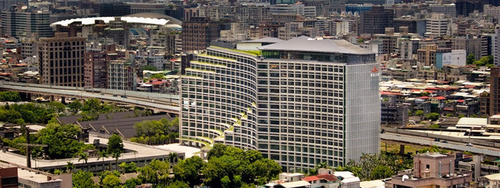Leningrad/Petrograd/St Petersburg – the choice is yours
This is one of the most breathtakingly beautiful places on earth, and virtually any building in the large historic center, threaded with canals dotted with baroque bridges, can be considered an attraction—and indeed, it is a UNESCO World Heritage site. This is a magical city, with a long list of major attractions. Its Hermitage Museum, housed in the Winter Palace of the Romanov Dynasty, is both one of the world’s greatest and oldest collections of art, treasure, and antiquities, and one of its most beautiful buildings.
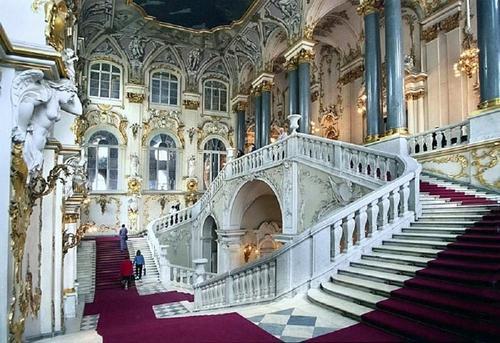
If it was my first time to visit St Petersburg, and I did it now, in 2014, as a foreigner, I would say wow!!! – “Such a beautiful city, placed in the middle of a very different looking country. It is a Venice of the Northern Europe, no more and no less!”
Summer and Winter Gardens, Hermitage, Peter and Paul Fortress, it is a Disney Land of the 18th century Europe, no more and no less.
I was born in USSR in 1960 when St Petersburg was called Leningrad. In the annals of history we studied, St. Petersburg had been the capital of Russia. The Government was overtaken by The Temporary Government in February 1917, the city was renamed Petrograd in the proper Russian way. It was later, overtaken by the Bolsheviks on the 25th of October 1917. It was renamed Leningrad to commemorate the most loved leader of the working people. Is that it for the history of St. Petersburg?
I will tell you the story from the point of view of a very little girl who grew up in USSR, who was familiar with the officialdom of the history of the country, who knew nothing better, than to trust in the open and to doubt in hiding, who learnt studiously the history and tried to discover the facts behind the lies.
Leningrad to me, was a dream, to finally come true. When I was 12, my school chose the “chosen” ace kids to go to Leningrad school for an exchange for two weeks. I don’t know, what my city of Belgorod could offer for this exchange, apart from the warm weather, but an exchange it was.
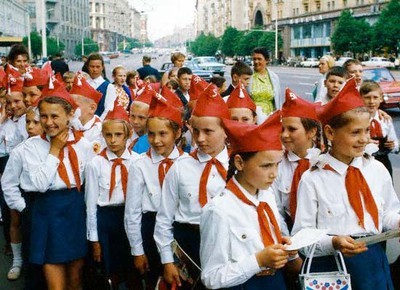
We went in a bus via the outskirts of Moscow (Moscow Outer Circle Road), through one of the oldest cities of Russia, called Novgorod (New City, no more no less, of 1220 AC), and straight to the city centre of Leningrad. The ride lasted for two days. When we approached the city centre of Leningrad and we saw the most beautiful cake/bread shop, we behaved in all honesty like a herd of wild tigers let free by Putin into China (not so long ago). The people in the queue asked us whether we were from Moscow, in the same way people from San Fransisco would ask a rude misbehaving person in a supermarket queue, whether he was from New York. We settled in the old school gymnasium, and after two days of riding on the bus, we fell in the thick of the sleep slumber. Straight on the floor mats which was a plenty. For 5 consecutive days we had dozens of excursions all of which, tried to reconcile the history for us with the history of communism, via the history of Peter The Great, who built the city on the swamps in 1703, via Decembrist movement (first aristocrats-rebels) in 1825, via the serfs liberation reforms in 1861, via the first failed revolution in 1905 and via the second successful revolution in 1917…Via relocation of the capital to Moscow and via the siege of Leningrad which lasted 3 consecutive years – from 1941-1944 inclusive. These 5 days gave me my first sense of pride – I saw the most beautiful city in the most beautiful country in the world.
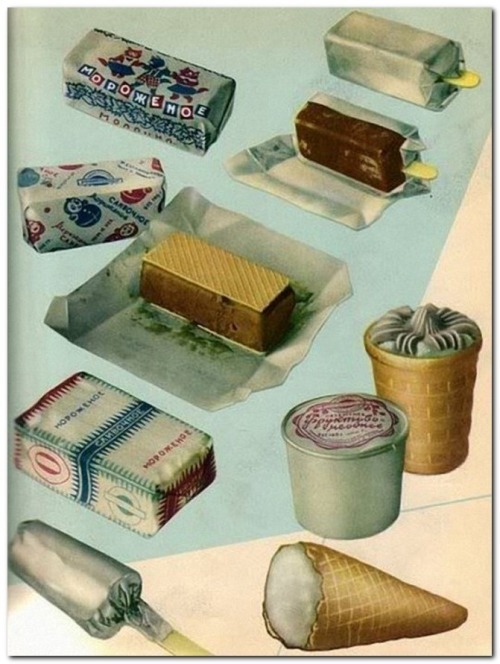
These 5 days inspired me for the rest of my life to look for a beauty in my life, to find a place to live, which was not anymore offensively ugly. Forget Western Siberia, and Belgorod (a little after that, I lived in Moscow, Roma, Vienna, and …Sydney).
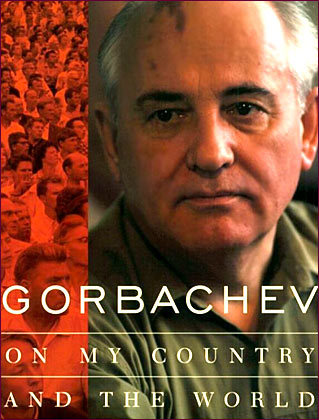
My second visit to Leningrad happened during perestroika, in 1986. It was in January, in the coldest January since 1941. Coincidentally, it was 45 years since the start of the siege of Leningrad. I was sent to study some obscure accounting software for some obscure computers made in USSR. It was bitterly cold in the dormitory of the University of Finance where we all stayed. But it was the time of perestroika, and the genie of the evil spirit of Stalin was let out the bottle. Leningrad, once again, became the vanguard of everything progressive. We went to the concerts of “Time Machine” (Mashina Vremeni – prohibited in Moscow), to the lectures of Vitaly Korotich , the editor of “Flame” (Ogonyok), the most readable and the most progressive weekly edition in USSR. The old age communists whistled and booed him at this lecture.
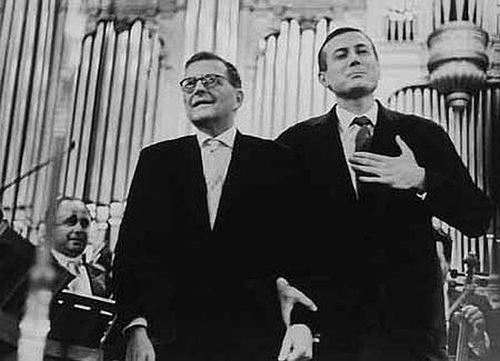
We listened for the first time to the Poem “Babiy Yar”, prohibited since 1960-s and read by the Soviet poet Evtushenko. And look, we were not arrested. It was another country, elevated by hope and by love to “thy” neighbour.
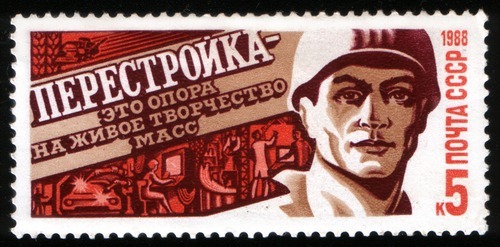
My third visit to Leningrad happened after Putin came to power. He is also from Leningrad. By that time, the city was called St Petersburg. It was a rather neglected city, aged beyond belief, but nevertheless beautiful. It gave away an impression of past glory and not so much of the future. The new cafes and coffee shops, however, were bursting with life and witty interiors. The canals were frozen, the winds were strong, the bridges were the same – I counted them again and again. But the Hermitage desperately needed renovation and the buildings looked like they also needed a facelift. The main feeling was that the decadent, progressive city evolved into a city chained and waiting to be released when the time was right.
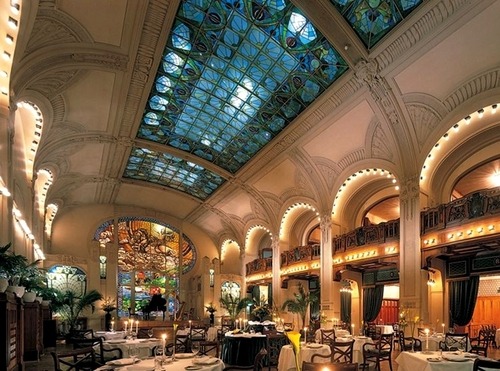
Yet again it became the city of Gogol and Dostoevsky, depressed and physically unwell.

Since the early noughties, St Petersburg became more radicalised, more homophobic, more racist…For the Russian people to become racist, there needs to be a heating from inside to the point of explosion. When there is no steam outlet there, the kettle whistle never whistles. It is called displacement in psychology.
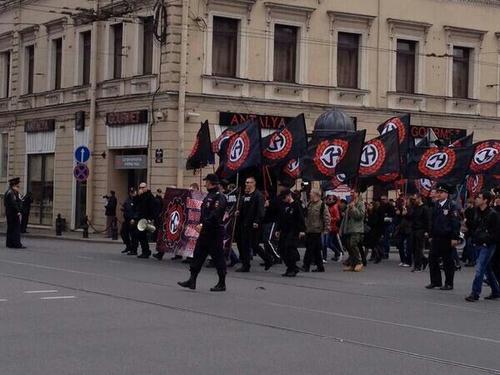
A little bit of history:
Saint Petersburg was founded by Peter The Great, on May 27 1703. Between 1713–1728 and 1732–1918, Saint Petersburg was the imperial capital of Russia. In 1918, the central government bodies moved from Saint Petersburg (then named Petrograd) to Moscow. It is Russia’s 2nd largest city after Moscow with 5 million inhabitants..
Saint Petersburg is often described as the most Western city of Russia, as well as its cultural capital. The Historic Centre of the City constitute UNESCO protected cultural site.(8000 monuments are UNESCO protected). Saint Petersburg is also home to Hermitage, one of the largest art museums in the world. Louvre and Hermitage are still competing for this title.
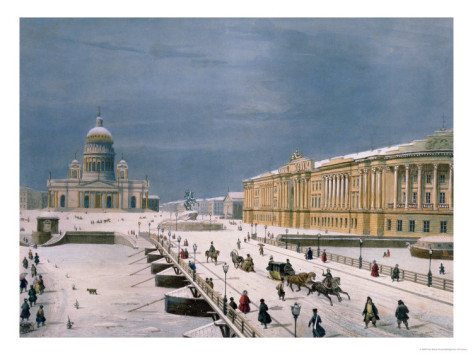
Peter the Great was interested in seafaring and maritime affairs, and he intended to have Russia gain a seaport (“window to Europe”), so it could trade with maritime nations. He needed a better seaport than Archangel, which was on the White Sea to the north and closed to shipping for months during the winter.
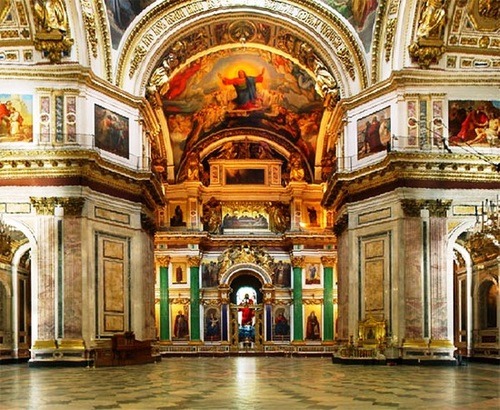
During its first few years, the city developed around Trinity Square on the right bank of the Neva, near the Peter and Paul Fortress. However, Saint Petersburg soon started to be built out according to a plan. By 1716, Domenico Trezzini, had created a project, where the city centre would be located on Vasiliyevsky Island and shaped by a rectangular grid of canals. The project was not completed, and is evident in the layout of the streets. In 1716, Peter the Great appointed Jean Baptiste Alexandre De Blonde as the chief architect of Saint Petersburg.
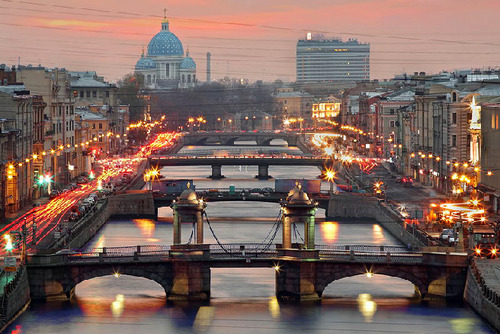
In 1725, Peter died at the age of fifty-two. His endeavours to modernise Russia had met with opposition from the Russian Nobility —resulting in several attempts on his life and a treason case involving his son. In 1728, Peter II of Russia moved his seat back to Moscow. But four years later, in 1732, under Empress Anna Of Russia, Saint Petersburg was again designated as the capital of the Russian Empire. It remained the seat of the Romanov Dynasty and the Imperial Court of the Russian Tsars, as well as the seat of the Russian government, for another 186 years until the October Revolution of 1917.

In 1825, the suppressed Decembrist Revolt against Nicholas I, took place on the Senate Square in the city, a day after Nicholas assumed the throne.
The Revolution of 1905 began in Saint Petersburg and spread rapidly into the provinces.
On 1 September 1914, after the outbreak of WW1, the Imperial government renamed the city Petrograd, meaning “Peter’s City”, to remove the German words Sankt and burg.
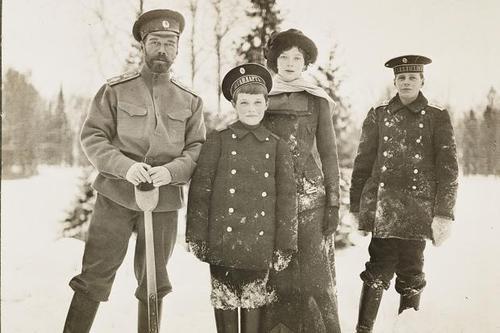
In March 1917, during the February Revolution, Nicholas II abdicated both for himself and on behalf of his son, ending the Russian monarchy and over three hundred years of Romanov Dynastic Rule.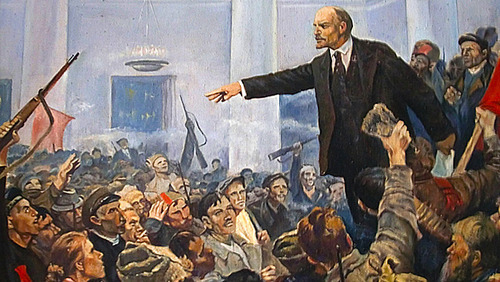
On November 7, 1917 (Julian Calendar, October 25), the Bolsheviks, led by Vladimir Lenin, stormed the Winter Palace in an event known thereafter as the October Revolution(there was not much to storm, to tell you the truth), which led to the end of the post-Tsarist provisional government, the transfer of all political power to the Soviets, and the rise of the Communist Party. After that the city acquired a new descriptive name, “the city of three revolutions”, referring to the three major developments in the political history of Russia of the early 20th-century.
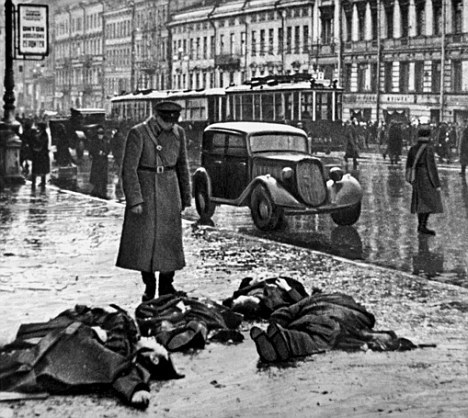
During World War II, Nazi Forces besieged Leningrad following the Axis invasion of the Soviet Union in June 1941. The siege (“blokada”) lasted 872 days, from September 1941 to January 1944.The Siege of Leningrad proved one of the longest, most destructive, and most lethal sieges of a major city in modern history. It isolated the city from most supplies except those provided through the Road of Life across Lake Lagoda. More than one million civilians died, mainly from starvation. Many others were eventually evacuated or escaped, so the city became largely depopulated. My own father’s auntie survived the siege, but died 10 days after from the consequences of food deprivation. Shostakovich dedicated his longest and the most famous 7th symphony to Leningrad and the people living under the siege. It was completed in December 1941 and is called Leningrad.
In 1960 they opened Piskarevsky Memorial with the words engraved at the entrance:
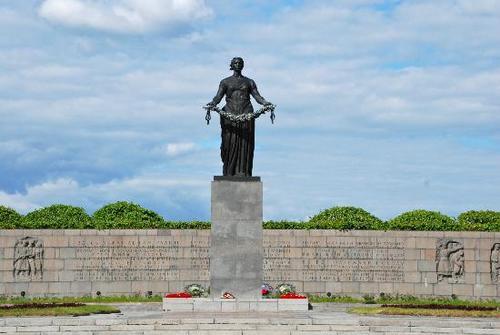
“From the 8th of September 1941 till 22nd of January 1944, there were 107185 bombs dropped at the city from the planes, 148478 of live ammunition, 16744 people were killed, 333782 wounded, 642803 persons died from starvation.”
There is a permanent heartbeat of the metronome upon the entrance to the cemetery. The diary of Tatiana Savicheva whose whole family died from starvation during the siege, is displayed in two pavilions of the cemetery. The diary is eerily similar to the diary of Anna Franck. Maybe all human suffering is eerily similar?
The wars and revolutions, this city lived through, makes it one of the most suffering city in the world. And yet, the soul of Leningrad is not destroyed.
It might have hardened, bit it lies in waiting for the winds of freedom coming its way…See you soon, one of the most beautiful cities on Earth…
My love, my youth, my dream
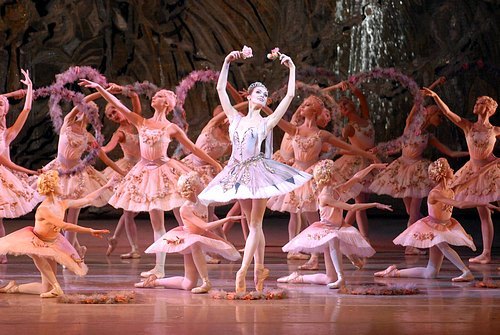
My Current Affair
The 24th of June, 7pm, Current Affair, Channel Nine: “The Shopping Revolution Heading Down Under”.
I am not a Current Affair viewer, but what the heck? The title intrigued me, since I am also waiting for the shopping revolution in Australia.
http://aca.ninemsn.com.au/article/8864846/the-shopping-revolution-heading-down-under
The anchor announced, that Sephora was coming to Australia and their prices were going to match US prices. Then two commentators from the “Choice” and “Shop Till You Drop” magazines, informed us of how excited they were that Sephora was coming to Australia with the US prices. They also told us that Australian consumers were paying “Australia Tax” as a definition for inflated Australian prices for imported goods. At that moment I did realise once and forever why I was not an avid viewer of “Current Affair”. The program is mostly one-sided. In this case, in particular, not one retailer was given a voice to explain what is really happening with Australian prices.
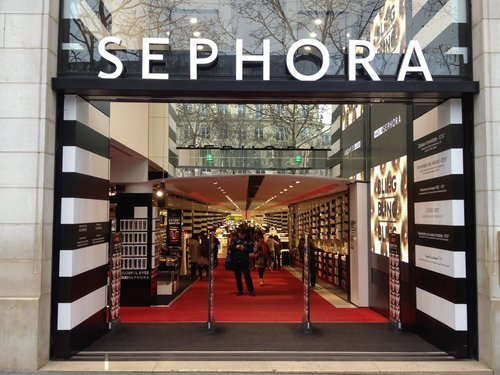
“Australia Tax” in reality is 10% transportation cost + 30% taxes and duties at the time the goods are cleared from the customs. On the top of this come the wages, including the penalty rates, when a sales assistant is paid 50$ per hour on a public holiday. On the top of this top, comes the rent, where Sydney is only behind the 5th Avenue to foot the bill.
At the time our shop was closing in the most expensive rental enclave of Westfield Sydney, we had a customer, who was at the same time, also closing her unique bookshop. She said a catchy phrase that our fellow Australians would not be happy until the last Australian owned shop is closed. Of course it was an exaggeration, but at the time, we were closing. Lisa Ho, Kirilly Johnston, Bettina Liano, Colette Dinnigan, Ksubi, you name it were shutting their businesses down…Quintessential Australian retailers and designers employing hundreds and thousands of people…
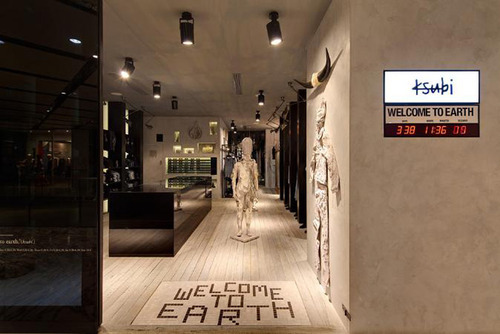
Why are US prices so cheap? US prices are cheaper even than European prices for European goods, because of the sheer volume of the goods purchased and imported into the country. US import taxes are significantly lower.
In US they don’t pay GST at the border. US prices are also cheaper, because they don’t pay penalty rates to their stuff and apart from NY, their rents are much cheaper too. It costs much more to operate a business in Australia that in US. The economy of the bigger scale -300 million in USA versus 22 million in Australia is proven to carry cheaper costs. In general, Australian prices for clothes and cosmetics are 60% higher than US prices for the same goods.
How can Sephora in Australia match US prices? With 1400 shops on the planet, with LVMH, the owner of the company, I can only guess, it can afford to subsidise its first seasons in Australia. But it is nothing to do with “Australia Tax”. It will only make competition with my beloved Mecca unfair and unjust.
At the same time I am happy for Australian consumers. Most probably I will shop at Sephora with gusto and delight.
I cannot, however, help, but notice the changing shopping landscape of Australia. It is becoming a land of numerous Zara(s), TopShop(s), mass luxury brands you can find anywhere in the world. Add Sephora(s) and H&M to the mix – we could as well be in anonymous country in anonymous city inside anonymous shopping centre. Soon, our consumers wont have a choice, but to shop online to feel unique, or to pay for another “Australia Tax “– the ticket to fly to USA and Europe to do the shopping. I only pray for Mecca and many other unique Australian shops to stay and be alive for its fresh and beautiful choices. I also pray for the Government of Australia to make smart decisions for retail sector, as this industry is drowning into obscurity with the speed of light…

As for the Current Affair, I have to take a break from watching it for a little while…
The Bakery.
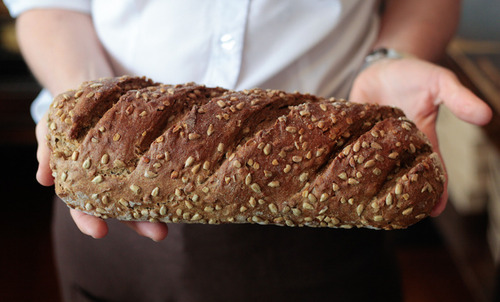
I have been in many places in the world – to be exact in almost all of Europe, Asia, North America. I don’t like sweet things, I never eat dessert, but one place completely transforms me into ravenous dessert eating creature. This place is not in Paris, not in Italy, Spain, Vienna – it is not in the best dessert places in the world.
This place is in Hobart, and for those, who don’t know, it’s a capital of the smallest state in Australia, Tasmania.

My love affair with Hobart started 20 years ago when I started working at the Antarctic Conference (CCAMLR). Before going there I knew it was a very provincial place. It did not seem so to me. During 2 weeks of the conference the town was alive with the scientists from all over the world. We had endless evenings of talks with the help of Tasmanian Pinot, we had very enlightened conversations about everything in the world. We touched the topics of sex, religion and politics without any reservations. We went to all classy restaurants – lots of them in Hobart, but we never had a cool place for breakfast.
Then, suddenly, in Battery Point one of the English scientists discovered the BAKERY. It was a pretty local affair with two little rooms and few tables outside. We would sip our coffee (excellent, on par with Sydney) and eat the sandwiches, quiches, croissants, as the world would end today. Everything was crunchy in the right place, soft in the right place, savoury in the right product and sugary where it was needed. The herds of Labradors and Golden Retrievers passed our tables, but I did not give them anything. It was nothing left to give.
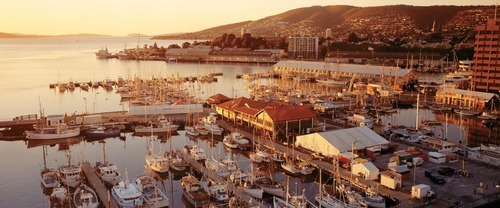
I haven’t been to Hobart since 2006 and we travelled there with our friends in January 2014. After nothing to do in Launceston and its surroundings, Hobart suddenly looked and felt like a capital of the world. The town has changed a great deal. In fact, the presence of MONA changed it beyond recognition, but about this, later. We went to traditional Salamanca Markets and we popped in the BAKERY.
Jackman and McRoss Bakery did not change. It became bigger and lighter – it expanded into 4 rooms. There was a queue for the table. There were couples, obviously 20 years into their own marriages, reading their own newspapers or sms-ing the outside world, there were families with lots of kids, gay couples…The BAKERY looked much more urbanistic, than before. Hobart looked much more urbanistic than before. The Labradors were still there, they did not have much space anymore.
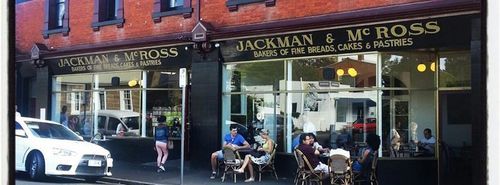
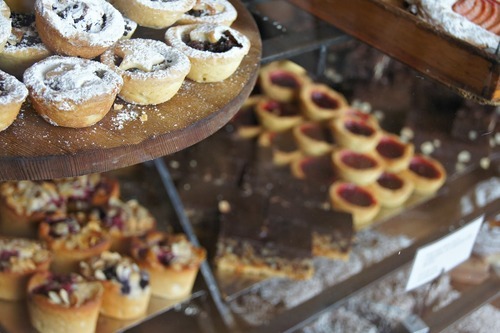
We had an amazing breakfast. In fact, we have had three amazing breakfasts in this bakery in a row. The strawberry tarts, sandwiches on the best sourdough bread, eclairs, quiches…Well, it is not a place for the scale conscious people. I dream to return to Hobart again, for its best seafood, for Mona, for local antiques shops, but mostly, for the BAKERY. It will happen soon.
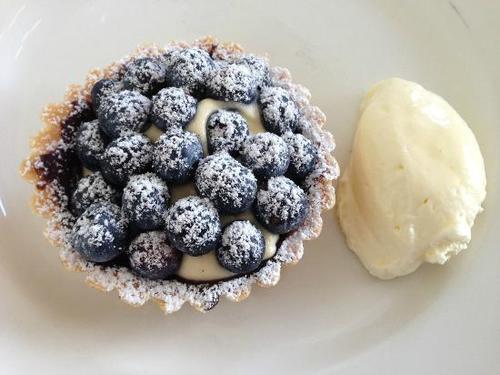
Taipei In Style Fashion Week
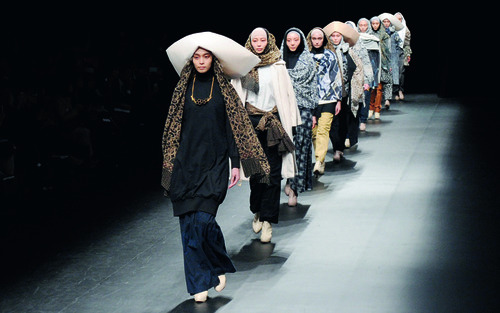
When I got the invitation to Taipei in Style Fashion Week I was over the moon. Taiwan for me, was always the land of electronics, nano technology, but fashion?
Taiwanese fashion was a complete enigma.
It was not something, which would come easily to my mind.
From what I learnt in history – I also imagined the island of Taiwan in permanent state of uncertainty and resistance to Chinese rule. Maybe, but when 2 planes landed from Shanghai and Beijing at the same time in Taipei airport? When there is one plane per hour flying from Hong Kong? I started to have serious doubts.
Fear, resistance – no! Uncertainty of the status quo, – maybe…
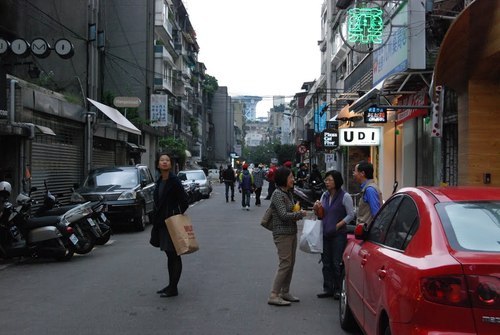
We arrived very late in the night and we did not see the city – it simply looked ordinary. In the morning, we did not have an opportunity to see it again – we walked for what felt like eternity in the sauna of the local weather. Mild spring of +40 degrees and humidity of 100%, made my asthma come back sneezing and wheezing, until the miracle of Ventolin came with Chinese language instructions.
Taipei Fashion Week for the first time invited international buyers and it was held in the Songshan Cultural and Creative Park.
This location has transformed through history since 1937 as the “Taiwan Sōtokufu Tobacco Monopoly Bureau” during the Japanese colonial time, and after restoration, it was taken over by the Taiwan Monopoly Bureau and renamed the “Taiwanese Provincial Tobacco and Alcohol Monopoly Bureau Songshan Plant”.
The concept of an “industrial village” was employed during the initial development of the Songshan Tobacco Factory, and besides the production line, the benefits and needs of the plant’s employees were also taken into consideration for the design of the site. With its large open spaces and courtyards, the site was a pioneering design for industrial plants at that time.
Its architectural style belongs to the genre of “Japanese Early Modernism”, with emphasis placed on horizontal lines, simple classic shapes, and refined workmanship. Since nobody told us about the most beautiful surroundings of the Fashion week, I assumed it was a school, which could not be further from the truth.
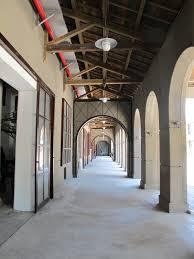
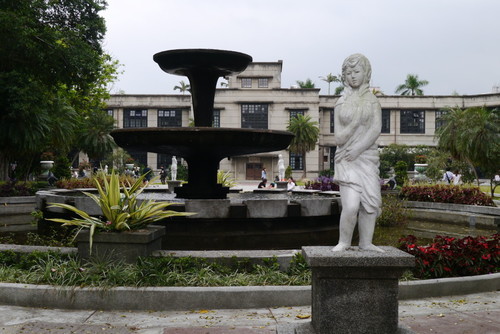
Well, back to the Fashion week. As the potential buyers/bloggers we had to give a survey of 20 booths. As every new Fashion week it had one big handicap – the prices were unjustified. Most of the shoes and accessories were produced in Mainland China, most of the styles were last season. It was quite disappointing.
The shows were very long and sometimes were accompanied by the famous Taiwanese singer starting and finishing the show. The styles were not very original, the quality of the garments were not at the top of the quality chain ((. In general, I thought Taipei in Style fashion week was a budding rose, which will become beautiful in time.
https://www.youtube.com/watch?v=2-qOjd7kb1o
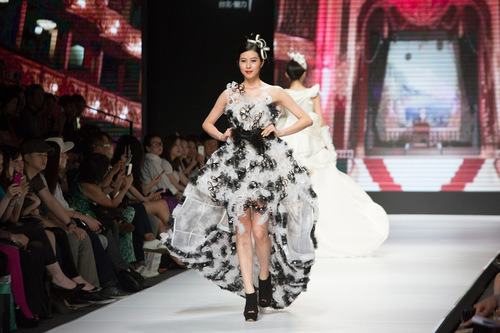
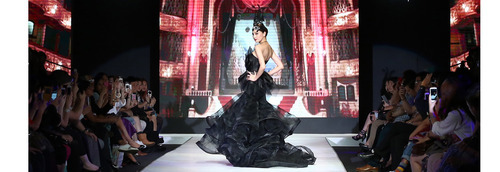
We made lots of trips to the city, to see what the shopping was about. The architectural style of Taipei is very similar to one of Tokyo (with the exception of Taipei 101, the tallest building in Asia). Many of the shops, as usual, were packed inside the shopping malls, with the standard structure of food in the basement, cosmetics and jewellery on the ground floor and the fashion starting from the 1st floor.
The fashion shopping is more about ecologically friendly materials and less fashion, more save the planet, style, so to speak. Fashion shopping is simply not very fashionable. Maybe there is a similarity to Sydney, where people do not care how they are dressed and the shops are a reflection of this? Even Japanese Takashimaya did not have an eye catcher. It was based solely on Taiwanese products, without one line of Issey Miyake (huge disappointment for meJ).
HTCs, the native Taiwanese mobile, electronics, multilingual bookshops were very impressive. I bought some skin care, which was solely nature based – I will give you my verdict later. I am sure it will be excellent.
If you ask me whether I want to attend Taipei in Style again, I would definitely say yes. I remember how Seoul Fashion week evolved from something simple and not very sophisticated to one of the most sophisticated fashion weeks in the world. I am sure, that Taipei in Style will evolve too.
